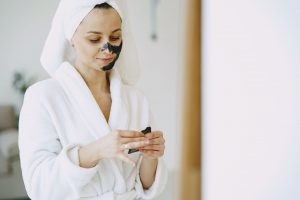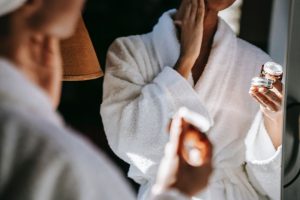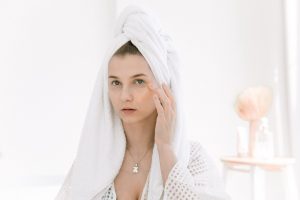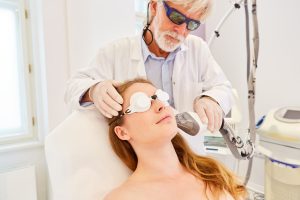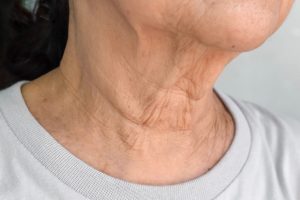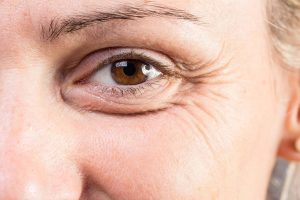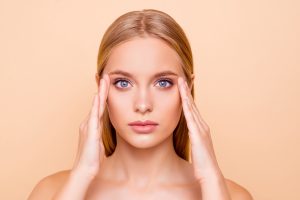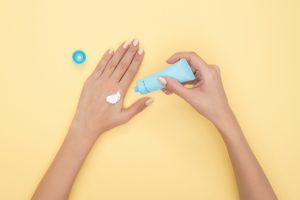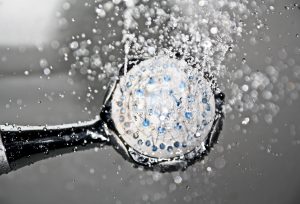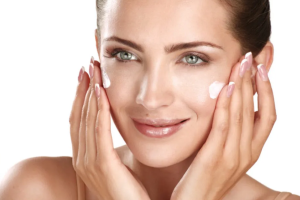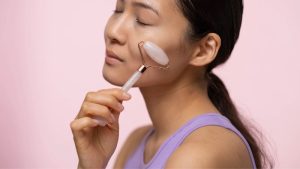How To Treat Nodular Acne
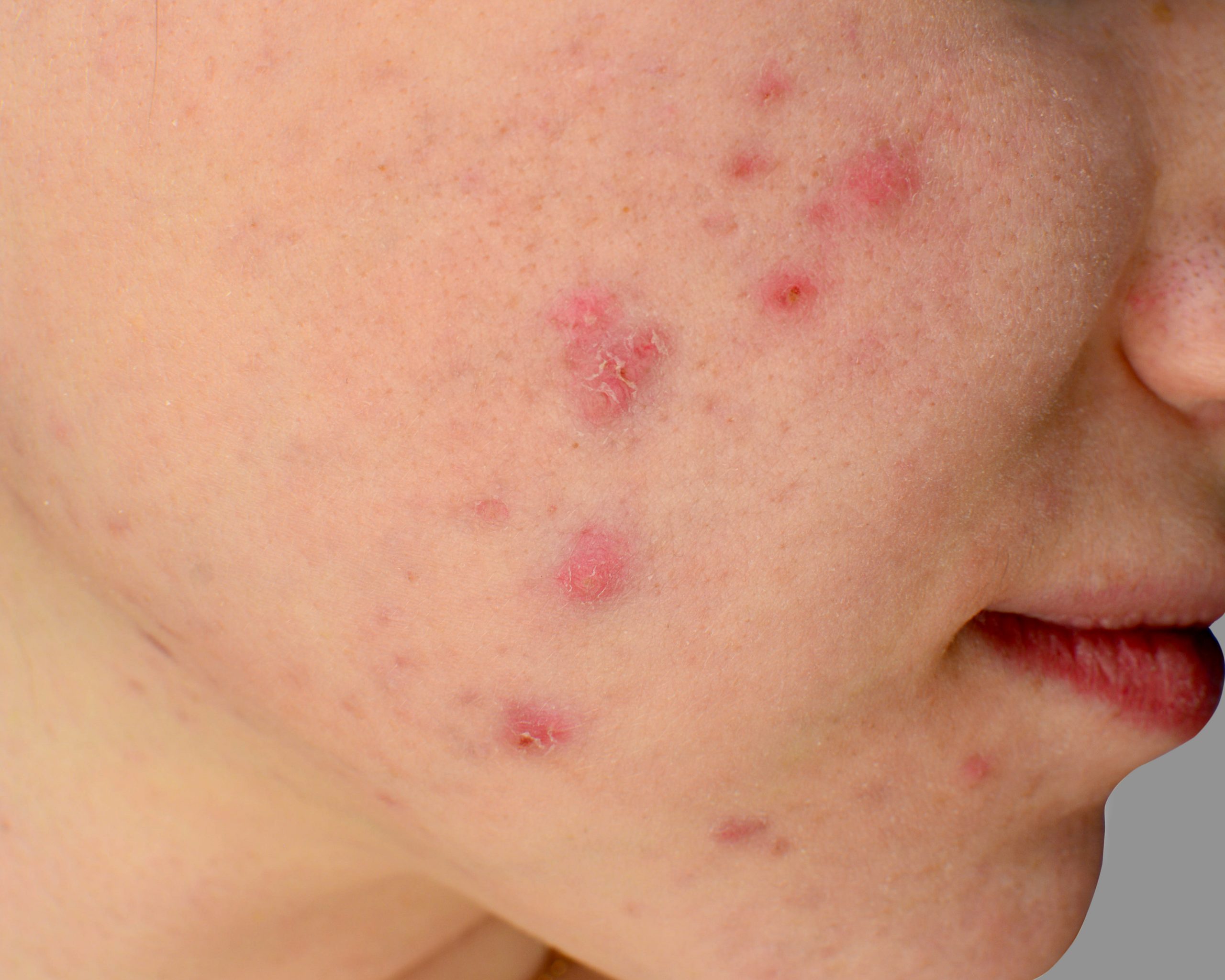
Having blemishes can significantly impact how you feel about yourself. Unfortunately, acne can start early and continue for much longer than your teenage years. Acne comes in many different forms, and knowing which type of acne you have can help you develop an effective long-term plan.
Take nodular acne, for example. Let the skin care professionals at Miami MD walk you through what makes nodular acne different and the options that may be available to help you manage it.
Acne Basics
Although there are many different types of acne, all acne starts with a clogged pore.
Pores are the small openings in the skin that sweat and sebum (oil) pass through. Sebaceous glands produce sebum, and sweat glands produce sweat. Both are in the middle layer of the skin, called the dermis. While sweat glands have microscopic pores, the sebaceous glands’ pores are often large enough to be seen by the naked eye.
Clogged pores are almost always caused by sebum. In some cases, clogs occur because the sebaceous glands overproduce sebum, which can happen for several reasons. The excess sebum can trap dead skin cells inside the pores, creating the perfect environment for blemishes to form.
What Is Nodular Acne and What Triggers It?
Dermatologists often liken nodular acne to an iceberg. While you may see a small portion of the blemish on top of the skin, much more is happening below the surface.
Unlike other forms of acne, nodular acne progresses quickly from a clogged pore to an enclosed bump entirely underneath the skin’s surface in the dermis. That bump cannot communicate with the skin’s surface, which is why you can’t “pop” nodular acne the way you can other blemishes (even though you shouldn’t).
Propionibacterium Acne
No conversation about nodular acne would be complete without discussing Propionibacterium acnes (p. acnes). P. acnes is the type of bacteria that causes nodular acne. It is part of the normal flora of the skin, mouth, external ear, large intestine, and the conjunctiva of the eyes, and it is Gram-positive, which means it has a thick outer cell wall. P. acnes is opportunistic, ready, and willing to create infections at any time.
Nodular acne, specifically, can happen when P. acnes becomes trapped inside of a pore. When P. acnes find the perfect conditions, the infection can take hold. That infection tunnels deep into the skin, which causes the pores it affects to become swollen and red in appearance.
Androgen Hormones
Hormones may also play a part in the development of nodular acne. Any hormonal shifts can trigger acne flare-ups, but androgen hormones are the most likely culprit.
Androgens are the partner to female hormones, which are known as estrogens. The reason that androgens can trigger nodular acne flare-ups is that they increase sebum production. With more sebum present in the pores, there is an increased risk of clogging and blemishes.
Idiopathic Nodular Acne
In many cases, there isn’t an apparent cause of nodular acne, meaning it is idiopathic. Often, idiopathic nodular acne occurs due to a combination of environmental and genetic factors. For instance, if one of your biological parents experiences nodular acne, you are more likely to experience it as well.
What Does Nodular Acne Look Like?
To identify nodular acne, you need to know what it looks like.
Most types of acne appear above the skin, but nodular acne is a bump that arises under the skin’s surface. Unlike other blemishes, nodular acne can be skin toned instead of red, although that is more common in its early stages.
Nodular blemishes also don’t have a “head,” a white bump visible on the skin’s surface common in other forms of acne. Nodular acne is tender or painful to the touch because the primary source of infection is deep in the skin’s dermis, where your nerves are. The infection is often more extensive than it may appear.
Are Nodular Acne And Cystic Acne The Same Thing?
Nodular acne and cystic acne have many similar characteristics, but they’re not the same thing. Both are more severe forms of acne, and both grow deep inside the skin’s surface. But there are also differences:
- – Cystic acne tends to be more visibly red, often appearing as a large boil.
- – Nodular acne does not have a head, as it is not pus-filled. Cystic acne, on the other hand, is filled with pus. Because of this, cystic acne blemishes feel softer and may rupture on their own.
- – While cystic acne can be a recurring issue, its individual blemishes are far more temporary than nodular acne. Nodular acne blemishes can last for weeks or even months, and they may even become more difficult and stubborn to resolve over time.
How To Manage Nodular Acne
Unlike typical acne, which usually results from congested skin and other surface issues, nodular acne isn’t as easy to manage. Over-the-counter products are less likely to help clear up the appearance of nodular blemishes.
For most people, ingredients like salicylic acid and benzoyl peroxide can keep their typical blemishes under control. Over-the-counter products using those ingredients help remove excess sebum and shed dead skin cells, clearing the pore at its surface. Unfortunately, because nodular acne exists deeper inside the skin, these products don’t do enough to clear the blemish.
Treatment for nodular acne looks a little different. It may include:
- – Prescription Acne Medications – In many cases, nodular acne treatment includes a topical acne medication prescribed by your doctor or dermatologist. These medications are often the first line of defense, especially if you only have a handful of blemishes. Examples of topical acne medications include retinoids, prescription-strength benzoyl peroxide, and prescription-strength salicylic acid.
- – Oral Antibiotics – If you have more persistent nodular acne or more than a few blemishes, your medical provider may prescribe an oral antibiotic. Antibiotics help reduce the overgrowth of bacteria that may be leading to your outbreaks and reduce the tenderness or pain you may be experiencing.
- – Other Oral Medications – If prescription acne medication and oral antibiotics don’t do the job, there are other medications your prescribing doctor may consider. Women may benefit from birth control pills, which can help balance any acne-causing hormones. Isotretinoin (Accutane) is another powerful option. Keep in mind that it may take months to see a difference through either line of treatment.
Can Nodular Acne Leave Scars?
Nodular acne has the potential to scar, which can happen for two reasons.
First, irritation and swelling deep under the skin can cause scarring. When left untreated, swelling can spread and damage surrounding skin cells. Even after treatment, the resulting damage to the skin may lead to the appearance of dark spots called hyperpigmentation. Post-inflammatory hyperpigmentation can take months or years to treat. These spots may even become permanent.
Second, your nodular acne may scar if you pick at your blemishes. Although it’s never a good idea to pick at or pop blemishes due to an increased risk of infection or scarring, this is especially true for nodular acne. With nodular blemishes, there is no pus to extract. Picking at them only damages the rest of your skin.
In either case, the underlying cause of scarring is that nodular acne exists in the same layer of the skin as collagen. As it grows or as you squeeze at it, the blemish pushes the collagen aside and often damages it in the process. After the infection has resolved, the collagen loss leaves an indentation in the skin. That indentation is known as a depressed, or atrophic, acne scar.
In Summary
Nodular acne isn’t as straightforward as other forms of acne. Because it exists deeper in the skin than other blemishes, it is far more challenging to treat. Finding a medical professional to help you manage your flare-ups is essential, as treatment usually focuses on prescription medication.
Armed with the correct information and the support of Miami MD, you can help gain more control over your skin. While you may not resolve your nodular acne completely, a treatment plan can help you feel less like things are out of your hands. We all deserve that kind of power in our lives.
Sources:
Propionibacterium acnes: infection beyond the skin | PubMed (nih.gov)
